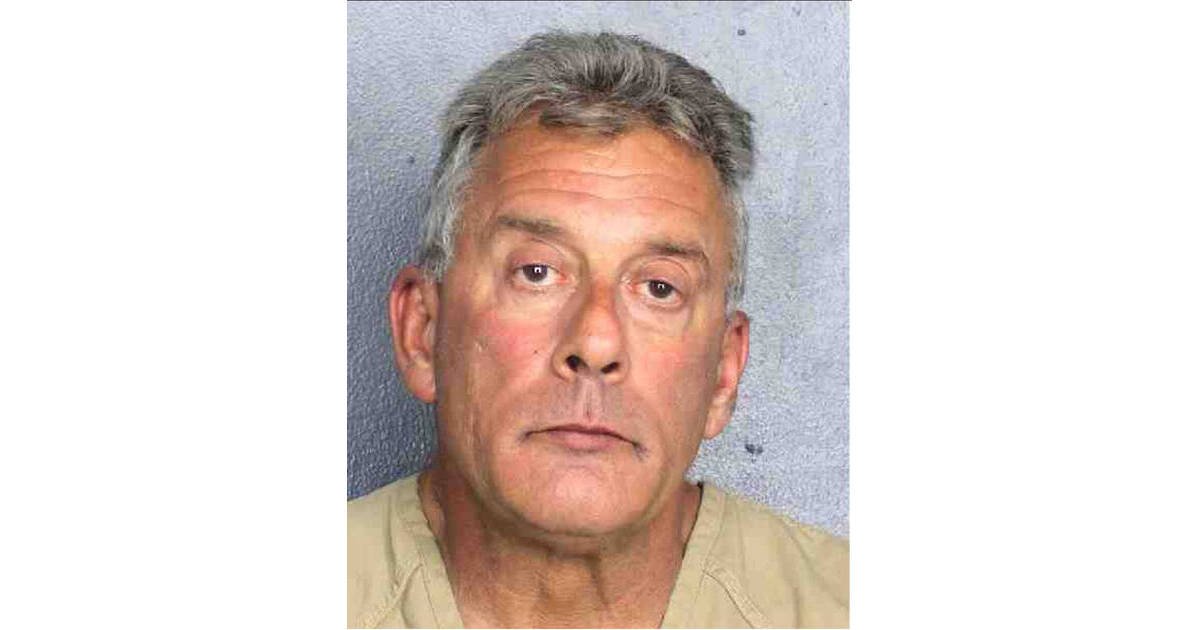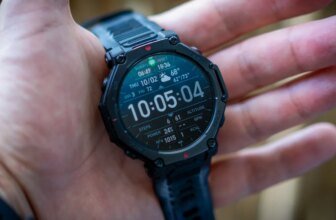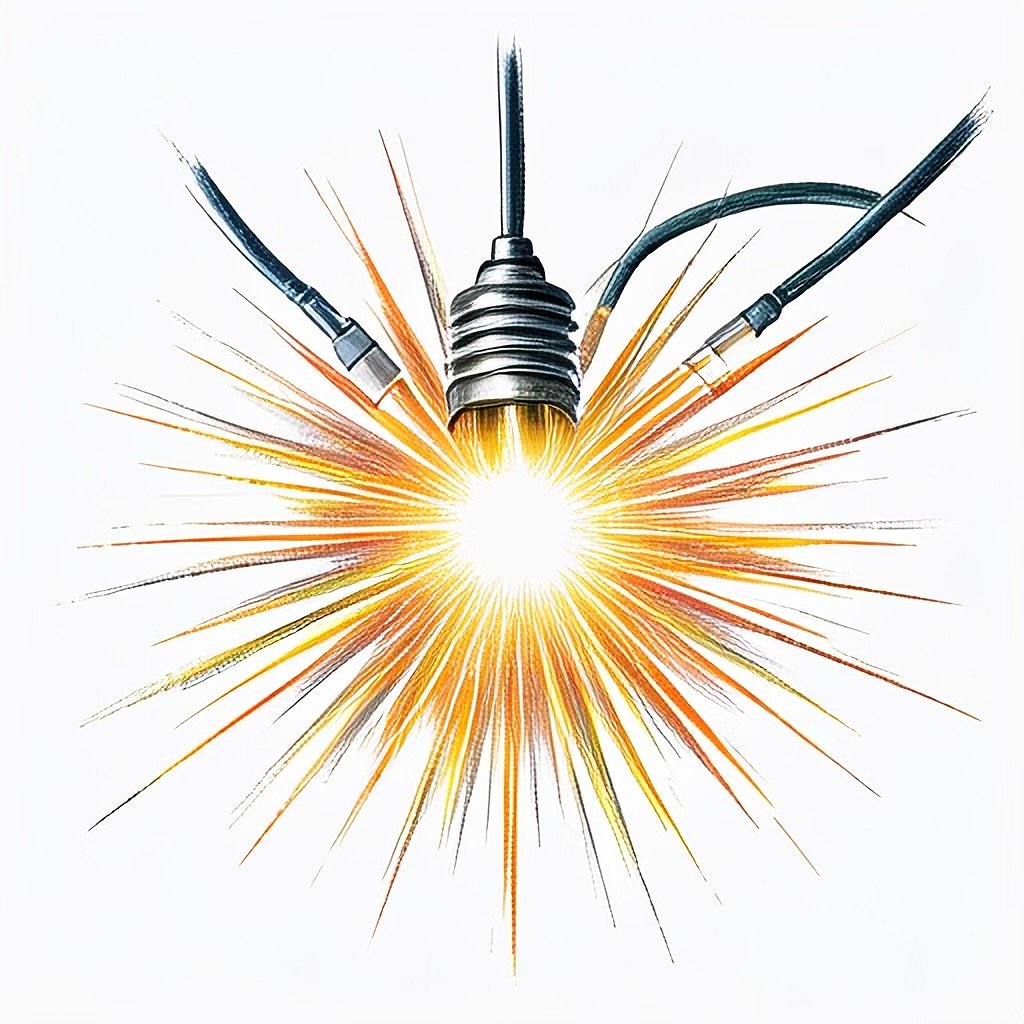These 10 States Could See Aurora Borealis Tonight
Topline
The northern lights might make an appearance in 10 states Wednesday night, according to the National Oceanic and Atmospheric Administration, which has forecast similar auroral conditions for Thursday.
A northern lights showing in the Netherlands. (Photo by Sjoerd van der Wal/Getty Images)
Key Facts
NOAA forecasts a Kp index of four on Wednesday night, meaning there should be an increase in auroral activity that “can be quite pleasing to look at” for people in the right areas with good viewing conditions.
Much of the northern parts of the Midwest are above the forecasted view line, with chances of seeing the northern lights increasing the further north people are from the line.
Northern lights viewers who don’t catch the natural phenomenon Wednesday night will have another chance Thursday night, as the Kp index is expected to reach four once again.
Get Forbes Breaking News Text Alerts: We’re launching text message alerts so you’ll always know the biggest stories shaping the day’s headlines. Text “Alerts” to (201) 335-0739 or sign up here.
Where Will The Northern Lights Be Visible?
States and areas within or north of the viewing line include Alaska, northern Washington, northern Idaho, Montana, North Dakota, northern South Dakota, Minnesota, northern Wisconsin, northern Michigan and northern Maine.
Wednesday’s viewing line.
What’s The Best Way To See The Northern Lights?
Try and catch a look at the northern lights between the hours of 10 p.m. and 2 a.m., which usually provide the best light conditions for viewing. If possible, try to observe from vantage points and areas with clear skies and little to no light pollution.
What’s The Best Way To Photograph The Northern Lights?
Wide-angle lenses, low apertures and tripods for those with traditional cameras. Smartphone users looking to snap photos on their mobile devices should use night mode and not use flash. Tripods can also help smartphones capture photos.
Key Background
The northern lights have been particularly active in the last year or so thanks to a solar maximum—a term that describes the peak of the sun’s 11-year cycle characterized by increased solar flares and coronal mass ejections, which contribute to increased auroral activity. Fair to strong northern lights showings will likely continue into next year, according to NASA and NOAA scientists.







